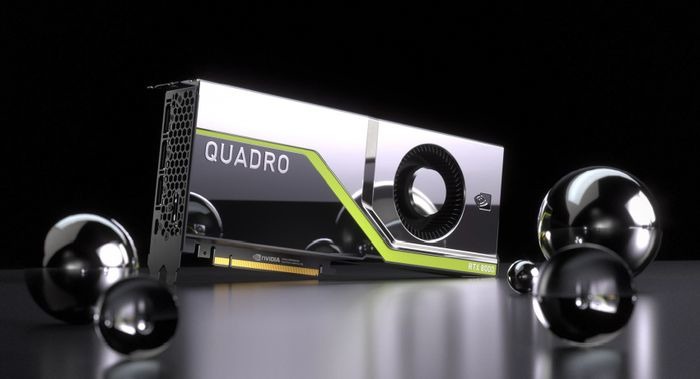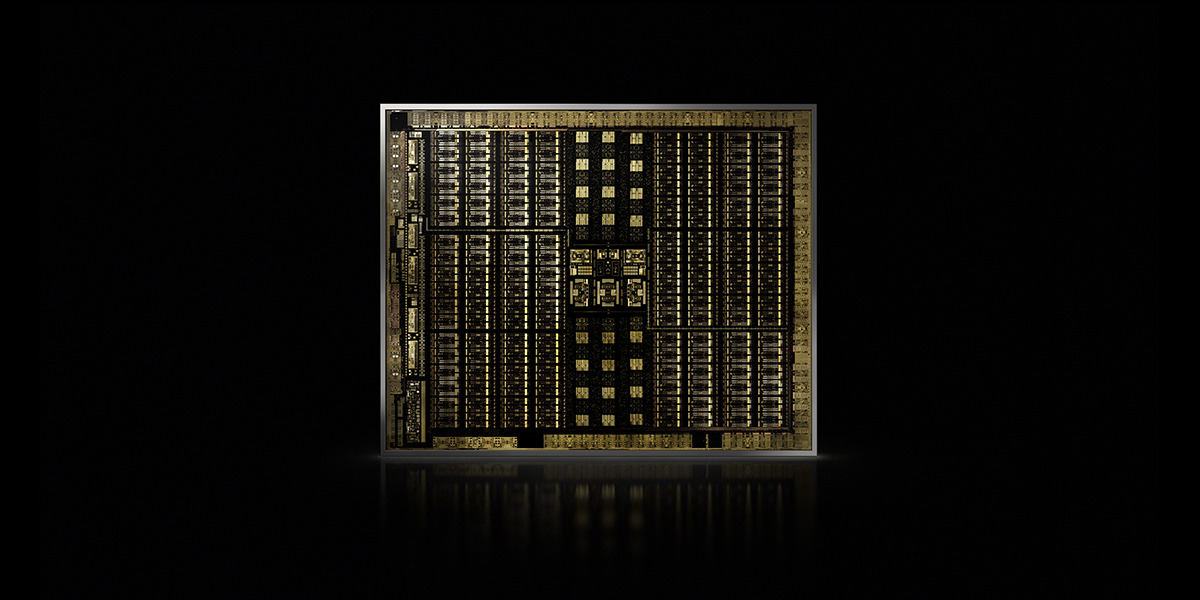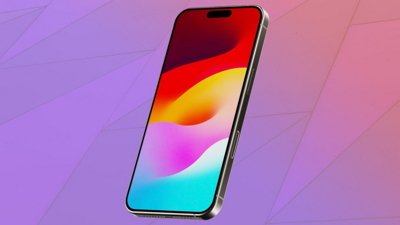Nvidia has revealed its new Turing architecture for use in GPUs, one which boasts dedicated cores for use in ray tracing, and while consumer cards are yet to be announced, Quadro RTX Turing GPUs are already being touted for their ability to support real-time 8K video playback.
The Turing architecture, declared by the company as the "greatest leap since the invention of the CUDA GPU" from 2006, gives a considerable boost to ray-tracing, a technique for rendering that is capable of lighting a scene realistically, but at a high processing cost. As part of Turing, Nvidia has added "RT Cores" used to accelerate ray tracing of scenes.
At the same time, new Tensor Cores are also included for AI processing, including neural network training and inference. By combining the two, the Turing GPUs are said to be able to render scenes requiring ray-tracing up to 25 times faster than Pascal-based cards.
The new Turing Streaming Multiprocessor architecture offers up to 4,608 CUDA cores, and is capable of up to 16 trillion floating point operations in parallel with 16 trillion integer operations per second. It is also the first implementation of new memory from Samsung, using 16GB GDDR6 memory modules.
As with other earlier graphics cards, it can connect to a secondary card using NVLink, with the connection allowing video memory to scale up to a capacity of 96GB, and up to 100GB per second data transfers.
On the back, the cards add support for USB Type-C connections and VirtualLink, an open standard under development that could allow VR headsets to run off a single cable. VirtualLink seeks to combine power, two-way data transfers, and video feeds through one slim cable and connection, rather than the multi-cable system used in current-generation VR headsets.
Revealed at SIGGRAPH, the Quadro RTX 8000, 6000, and 5000 professional GPUs are meant for use in industries wight demanding visual computing workloads, such as video editing, visual effects for TV and movies, and design fields.
Nvidia worked with high-resolution cinema camera producer RED to make it possible for video producers to work with 8K-resolution video without bottlenecks, with promises of being able to offer greater than 24 frames per second video running in real time using a single-processor computer and one Quatro RTX GPU.
Under current cards, video editors working in 8K have to view the footage at a reduced resolution, if they wish to see their video without dropped frames or stuttering. In the case of Red, the processing of video from its cameras could be offloaded to the Turing GPU, allowing for it to be viewed at full resolution without stutters or downsampling for a preview beforehand.
The Quadro RTX 8000 is the highest-specification card, with 48GB of memory, 4,608 CUDA cores, 576 Tensor cores, and the ability to process ray-tracing scenes at 10 GigaRays per second. The Quadro RTX 6000 has half the memory, but is said to have the same number of CUDA cores, Tensor cores, and ray-tracing processing capabilities.
The lowest specification card, the RTX 5000, has 16GB of memory, 3,072 CUDA Cores, 384 Tensor cores, and can produce 6 GigaRays per second.
While the announcements so far have been about Turing's use in a professional setting, Nvidia is expected to provide some details about its consumer-focused releases using the architecture soon, most likely during its Gamescom event on August 20.
Few details about cards Nvidia will launch have been released but WCCFTech notes a teaser video for the GeForce RTX Series graphics cards hints it will include a card called the GeForce RTX 2080. Specifications are unknown, but it is likely to include the same ray-tracing capabilities as the Quadro RTX range.
Mac users who want to take advantage of Nvidia's new architecture will be capable of doing so using an eGPU enclosure, but with some effort. Support for AMD's GPUs in external enclosures are included natively in macOS High Sierra, but while Nvidia cards don't have the same support, they can be made to work using some community-produced scripts and tools.
 Malcolm Owen
Malcolm Owen


-m.jpg)






 William Gallagher
William Gallagher
 Andrew O'Hara
Andrew O'Hara
 Wesley Hilliard
Wesley Hilliard


 Marko Zivkovic
Marko Zivkovic

 Chip Loder
Chip Loder




-m.jpg)




22 Comments
so.. found this on another site..
"Usernames like RoyTeX (RTX), Not_11, Mac-20, and Eight Tee all seem to spell out RTX 2080, a potential name for the new Nvidia card."
any hope that "Mac-20" might refer to a Mac based card coming??
heres to hoping
I have a mid 2010 mac pro with a gtx 1070 pc card in it with nvidia web drivers and it works flawlessly. Two points, you dont see the Apple boot loader on screen in the beginning and you need to be running 10.12 or 10.13 for this to work.